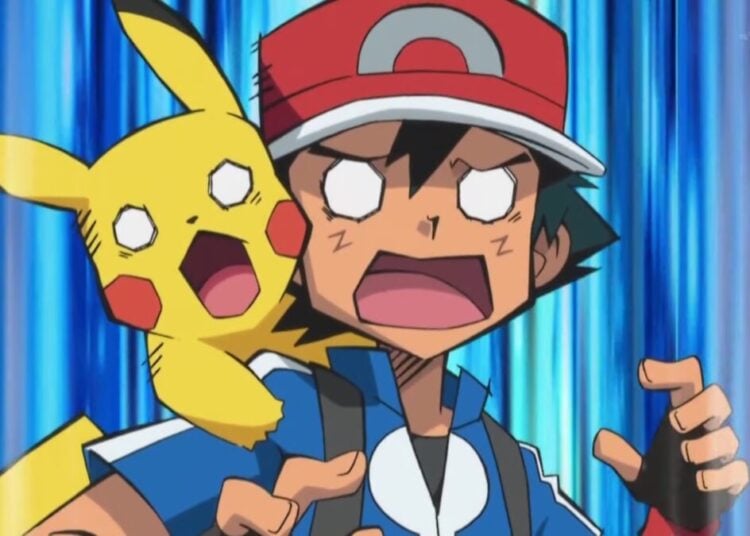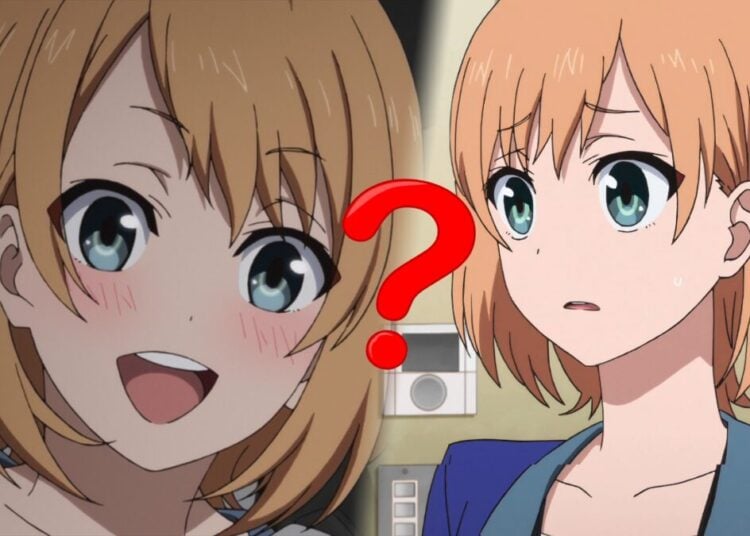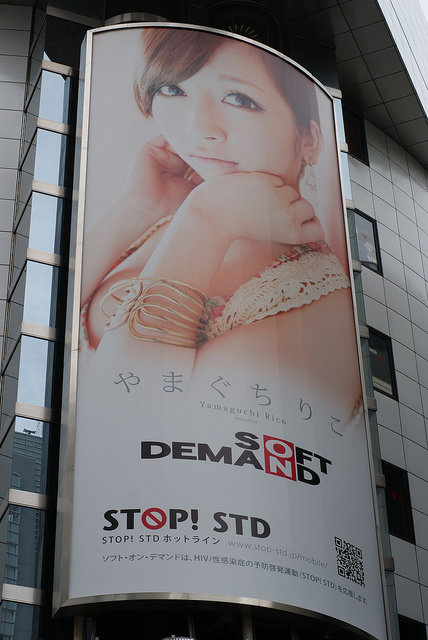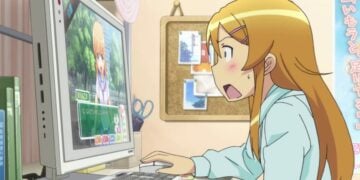Naturally, the Japanese that’s taught in textbooks isn’t always the most natural-sounding, and I remember being frustrated by some of the language I was learning at college, which seemed to be too formal to me. I augmented my own studies by reading lots of manga in Japanese, a great way to expose one’s self to the language as it’s spoken since nearly all of what’s written on the page is character dialogue, which gave me a model to use when speaking myself. (Plus reading manga is fun.) I’ll never forget how taken aback my teacher was when I first asked her for help in understanding what I was reading in the comics, though: “That is not Japanese! You should not read it!” she said, refusing to even answer the question I had. Now looking back, I can understand her position somewhat, since when learning a foreign language it’s important to avoid being rude when using words you might not understand completely, and erring on the side of politeness is never a bad idea. I certainly have offended more than one Japanese person by using all those cool words I learned from Fist of the North Star on them. The question I’d tried to ask my teacher back then was certainly one that would never have appeared in any textbook: it was the colloquialism tte, that is, a small pause and the syllable te, which is put on the ends of words or sentences. It’s meaning can be quite complex, but it usually corresponds to “he said” or “or so I’ve heard.” For example, if you are telling someone that you’ve heard this parfait shop is good, you can add tte to the end of a sentence, i.e. kono mise wa oishii tte, meaning, “They tell me that this shop is really delicious.”
Shock! 15 Famous Manga Artists Who Also Made Hentai
Did you know that many of your favorite manga artists created hentai in the past? Let's look at 15 surprising...
















